Sharks have long been feared as some of the most dangerous creatures in the ocean. While most of the over 500 shark species pose little to no threat to humans, a few have gained a reputation for their aggression, size, and powerful bite force. Here, we explore the six deadliest sharks in the world’s oceans, ranked based on their history of attacks and overall threat level.
1. Great White Shark (Carcharodon carcharias) The deadliest sharks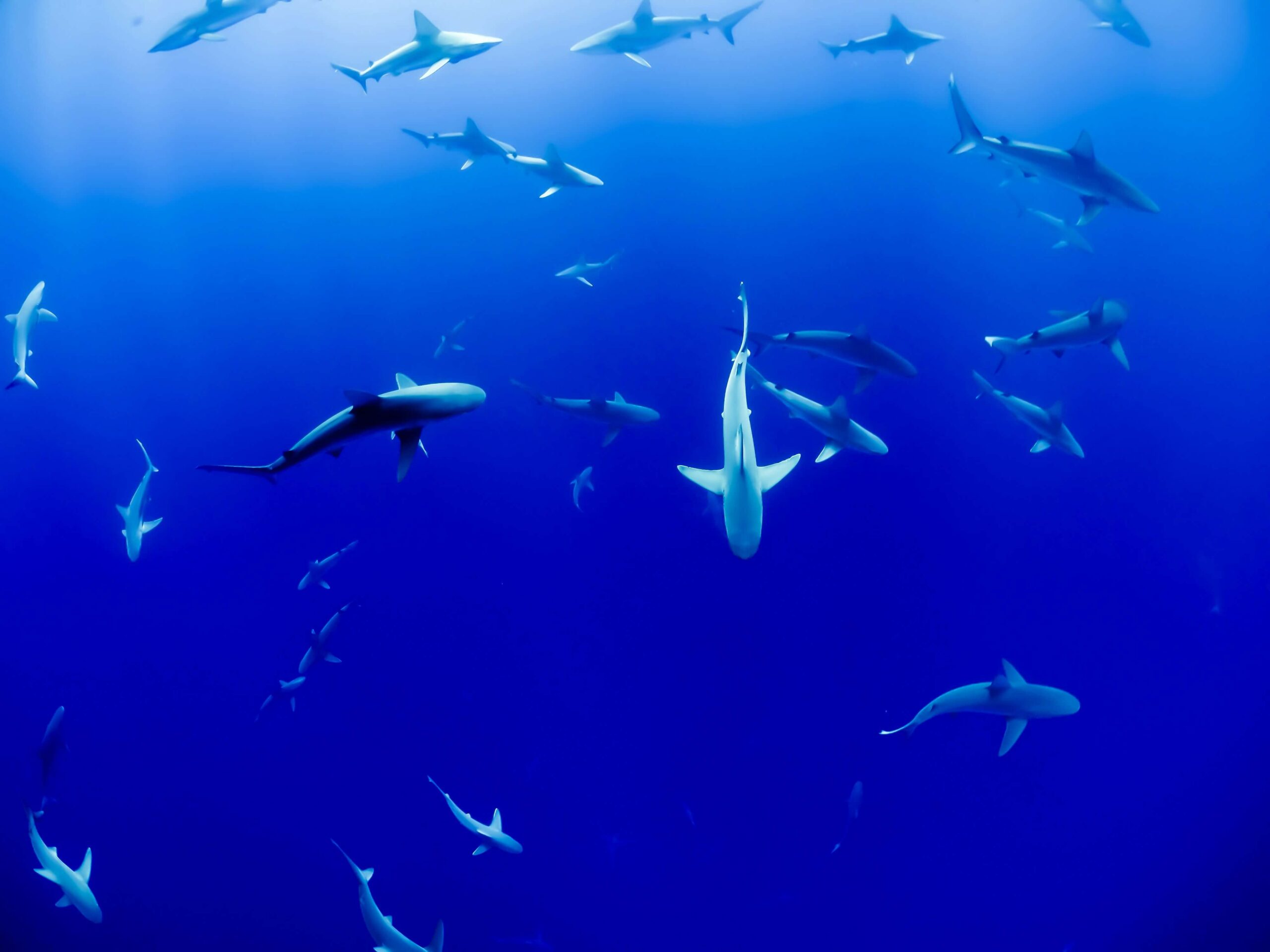
The Great White Shark is the undisputed king of deadly sharks. With its massive size, speed, and sharp teeth, it has been responsible for the highest number of recorded unprovoked attacks on humans.
Characteristics:
- Size: Up to 20 feet (6 meters) long and 5,000 pounds (2,268 kg)
- Habitat: Coastal waters worldwide, especially in Australia, South Africa, California, and Mexico
- Diet: Seals, sea lions, fish, and even smaller sharks
Why It’s Deadly:
Great whites are ambush predators, using stealth and explosive speed to attack their prey. They have an impressive bite force of up to 4,000 psi (pounds per square inch) and rows of razor-sharp teeth designed to tear flesh. Despite their fearsome reputation, they usually bite humans out of curiosity rather than predation.
Notable Attacks:
Great white sharks have been involved in famous attacks, including those that inspired the movie Jaws. Locations such as Gansbaai, South Africa, and Guadalupe Island, Mexico, are known hotspots for great white encounters.
2. Tiger Shark (Galeocerdo cuvier) 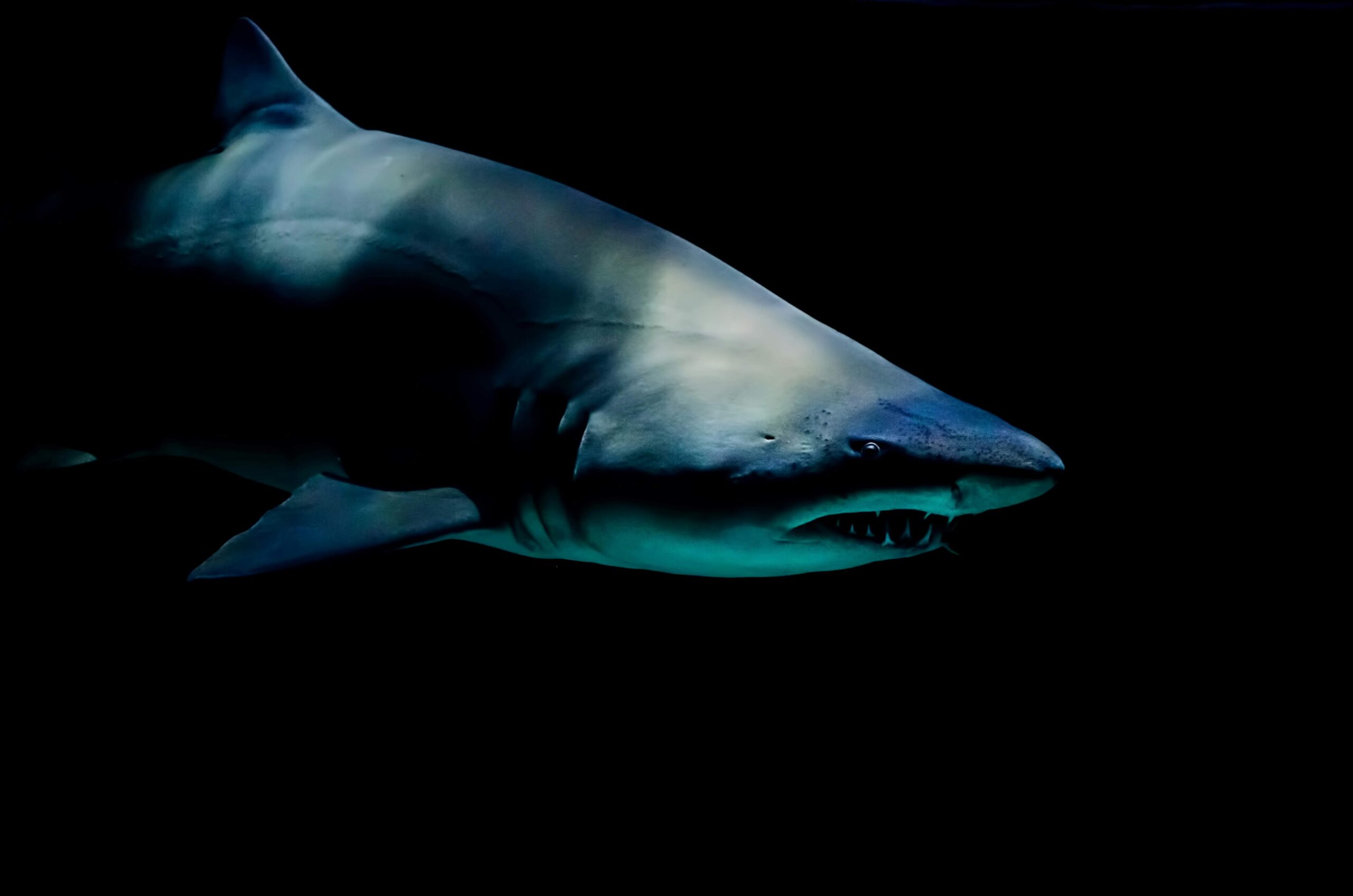
Known as the “garbage can of the sea”, the Tiger Shark has an indiscriminate diet and is second only to the great white in recorded attacks on humans.
Characteristics:
- Size: Up to 16 feet (5 meters) and 1,400 pounds (635 kg)
- Habitat: Warm tropical and subtropical waters worldwide
- Diet: Fish, sea turtles, birds, dolphins, and even trash
Why It’s Deadly:
Tiger sharks are aggressive hunters with incredibly strong jaws. They are known for their ability to eat almost anything, including human remains. Their serrated teeth allow them to easily crush bones and shells, making them one of the most formidable predators in the ocean.
Notable Attacks:
Hawaii is a well-known hotspot for tiger shark attacks. Many fatal incidents, especially among surfers, have been linked to tiger sharks mistaking humans for prey.
3. Bull Shark (Carcharhinus leucas)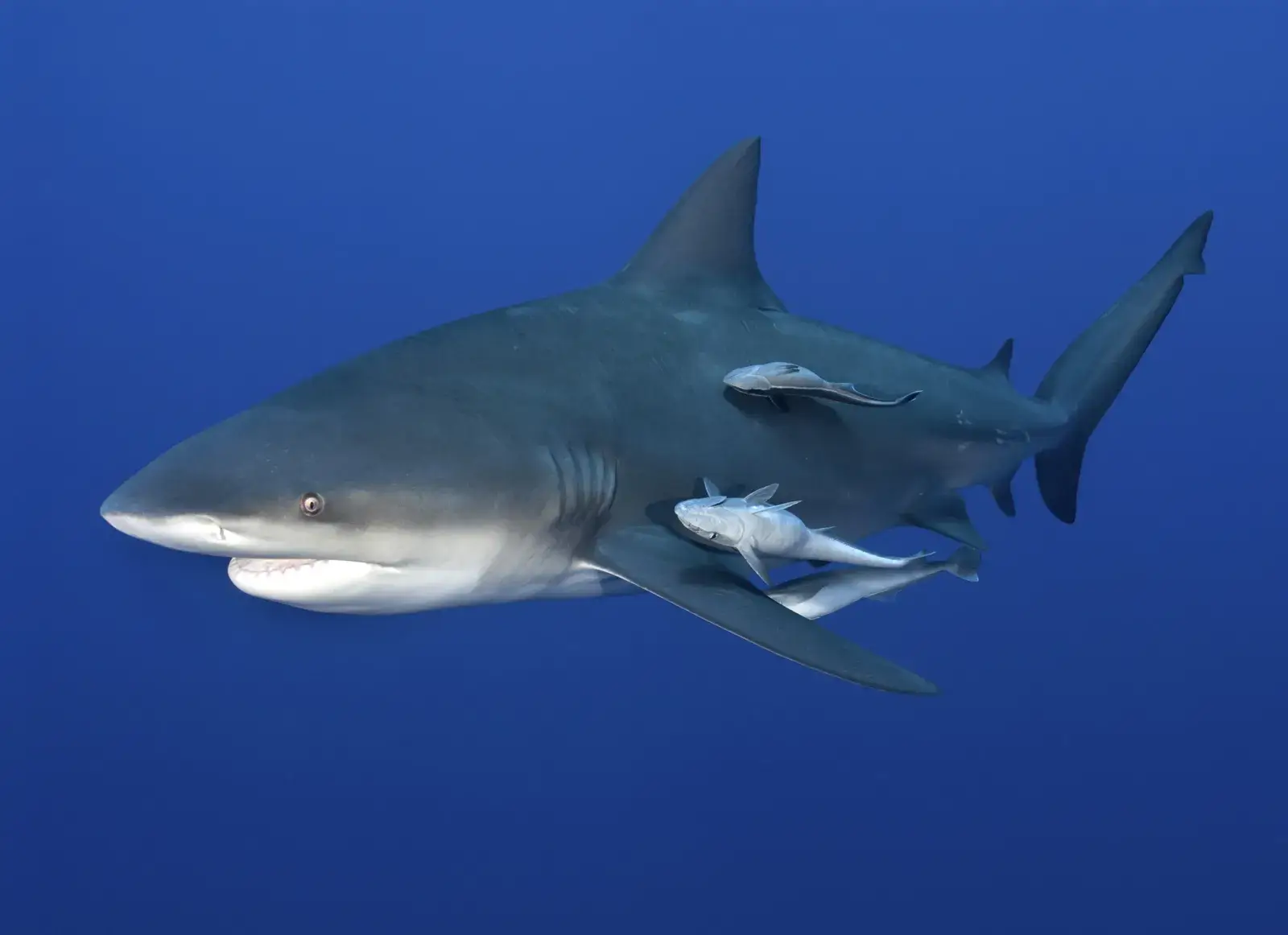
The Bull Shark is one of the most aggressive sharks and is particularly dangerous because it can survive in both saltwater and freshwater environments.
Characteristics:
- Size: Up to 11 feet (3.5 meters) and 700 pounds (317 kg)
- Habitat: Warm coastal waters, rivers, and lakes
- Diet: Fish, dolphins, and other sharks
Why It’s Deadly:
Bull sharks are territorial and aggressive. They are responsible for numerous attacks, especially in murky waters where visibility is low. Their ability to swim far upstream in rivers increases the likelihood of human encounters.
Notable Attacks:
The infamous 1916 Jersey Shore attacks, which inspired Jaws, were likely caused by a bull shark. They have also been responsible for fatal attacks in the Amazon River, Lake Nicaragua, and Mississippi River.
4. Oceanic Whitetip Shark (Carcharhinus longimanus)
While less well-known, the Oceanic Whitetip Shark is believed to have been responsible for some of the deadliest shark attacks in history.
Characteristics:
- Size: Up to 13 feet (4 meters) and 370 pounds (168 kg)
- Habitat: Open ocean, deep waters
- Diet: Fish, squid, and carrion
Why It’s Deadly:
Oceanic whitetips are opportunistic feeders and have been known to attack shipwreck survivors. Their curious and persistent nature makes them highly dangerous in situations where people are stranded in open water.
Notable Attacks:
One of the deadliest shark attacks in history involved oceanic whitetip sharks. When the USS Indianapolis sank in 1945, hundreds of sailors were reportedly killed by these sharks over four days.
5. Shortfin Mako Shark (Isurus oxyrinchus)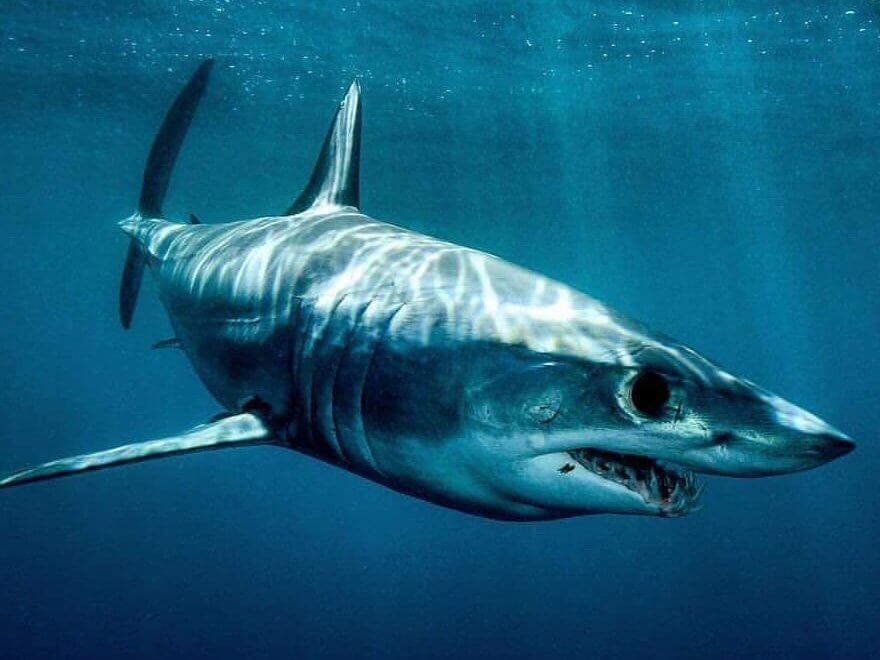
The Shortfin Mako Shark is the fastest shark in the ocean, capable of reaching speeds of up to 45 mph (72 km/h).
Characteristics:
- Size: Up to 13 feet (4 meters) and 1,300 pounds (590 kg)
- Habitat: Open ocean worldwide
- Diet: Fish, squid, and small marine mammals
Why It’s Deadly:
Shortfin mako sharks are aggressive hunters with a high metabolism, requiring them to eat large amounts of food. Their extreme speed and agility make them unpredictable and dangerous, and they have been known to attack boats.
Notable Attacks:
Although not as commonly involved in attacks, there have been incidents of mako sharks attacking humans and damaging fishing boats.
6. Hammerhead Shark (Sphyrnidae Family)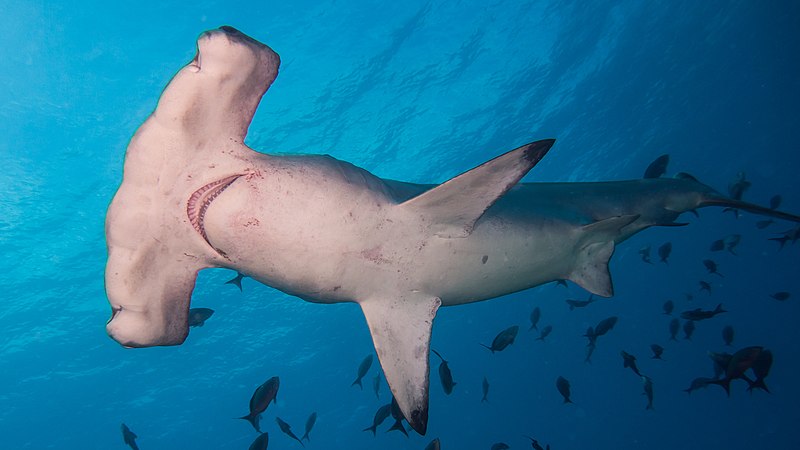
Hammerhead sharks are not as aggressive as other species on this list, but their size and territorial nature can pose a threat to humans.
Characteristics:
- Size: Up to 20 feet (6 meters) and 1,000 pounds (450 kg)
- Habitat: Coastal waters and continental shelves worldwide
- Diet: Fish, stingrays, and crustaceans
Why It’s Deadly:
The great hammerhead is the largest and most aggressive of its kind. While hammerheads rarely attack humans, they can become dangerous if provoked or threatened.
Notable Attacks:
There are very few recorded fatal hammerhead attacks, but their potential for danger exists due to their powerful bite and large size.
Conclusion
While sharks have a fearsome reputation, it’s important to remember that shark attacks on humans are rare. In most cases, sharks do not see humans as prey. However, the six sharks listed above have been involved in enough incidents to earn their deadly reputation.
Shark Safety Tips:
- Avoid swimming at dawn and dusk when sharks are most active.
- Stay in groups; sharks are more likely to attack lone swimmers.
- Do not wear shiny jewelry, which can resemble fish scales.
- Avoid areas where sharks are known to be present, such as near fishing boats or seal colonies.
- If attacked, aim for the shark’s eyes, gills, or snout to deter it.
Sharks play a crucial role in the marine ecosystem, keeping populations of other marine species in check. Respect and understanding are key to coexisting safely with these fascinating predators.





























